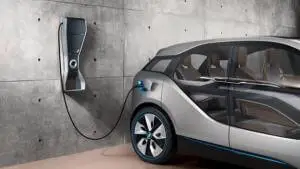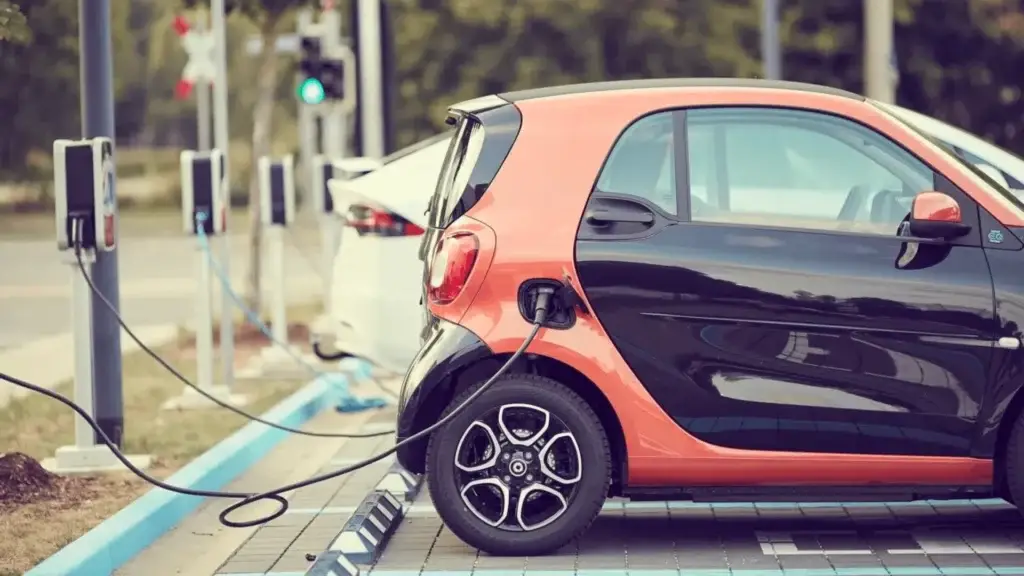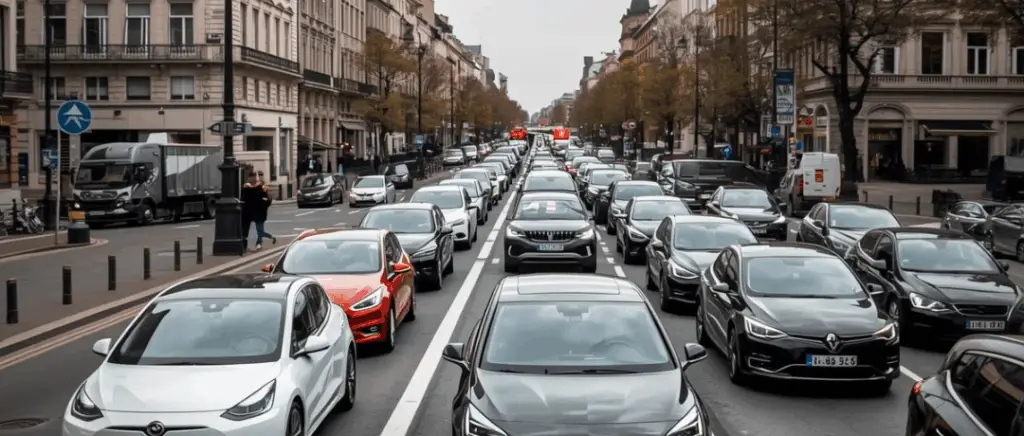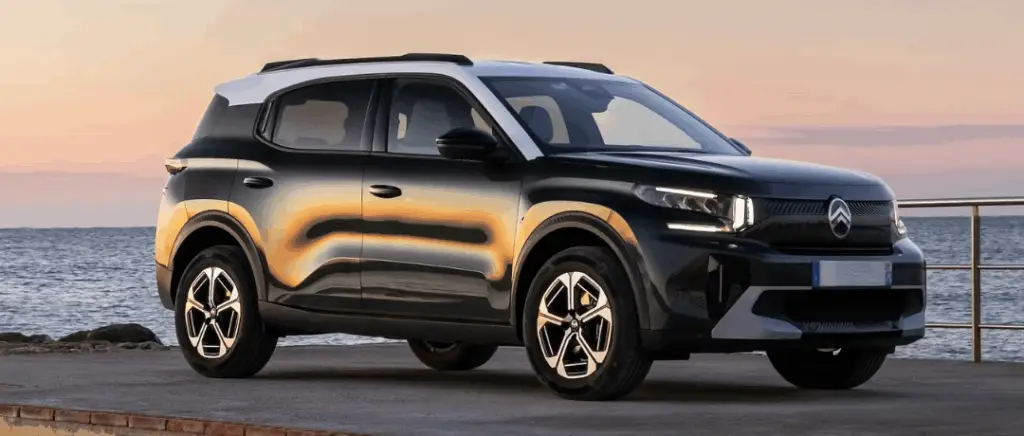Monday to Friday 9am - 12.30pm - 2pm - 7pm
Our tips for recharging your electric car
At first glance, recharging your electric car may seem straightforward. All you have to do is plug the charging cable, connected to a public or domestic charging point, into the base of your vehicle, which is supposed to accommodate the cable. However, depending on how you recharge your vehicle, you will be extending the life of your car to a greater or lesser extent. battery.
Recharging speed
First of all, you can choose between a slow, accelerated or fast charge.
Slow recharging can be carried out at home, with power ranging from 1.8 kW if you are using a plug, to 7.4 kW if you have installed a home charging point. Accelerated charging (11 kW or 22 kW AC) is a compromise between slow and fast charging. It allows you to recharge for between 4 and 5 hours, depending on the power accepted by your vehicle and that delivered by the charging point. Fast charging, on the other hand, is generally carried out at public charging points with a DC power rating of between 20 and 232 kW.
As you can imagine, fast charging will save you a lot of time, enabling you to recharge your vehicle much more quickly than if you were on a slow charge.
However, using fast charging too often can damage your battery over the long term, and reduce its life expectancy.
Using rapid charging involves powerful currents and a rise in temperature. These are 2 elements that accelerate the ageing process of the battery.
That's why we advise you to use a slow charge more often, to extend the life of your battery.
Reload time
In this category, we're not going to talk about time as such.
There is no ideal charging time that is universal to all electric vehicle models. However, there is a "limit" beyond which it is not necessary to recharge your vehicle any longer.
This gauge is the 80% gauge. If you go beyond 80%, your vehicle will recharge more slowly, so you'll save time by limiting yourself to 80%. This is why the 80% bar is used as a benchmark when testing electric vehicles. On top of that, regularly recharging your battery beyond this gauge will damage its long-term durability.
On the whole, we advise you to charge your electric vehicle as often as possible at home, at a slow speed, and not to let it charge too much either, so as not to exceed the recommended 80% and thus maintain your battery as well as possible.
Charging your electric vehicle at home
It may come as a surprise to you, but home recharging accounts for 95% of the charges carried out by an electric car owner. This is one of the great strengths of electric vehicles.
That's why it's so important to choose the right cable and plug or charging point for your home, so that you can recharge your electric vehicle to the best of your ability and according to your requirements. Beev has already produced 2 guides to help you do just that.
Articles you may find useful:
- Choosing the right charging cable
- Types of plugs and recharging methods
- Green'Up or Wallbox which one to choose?
When it comes to home recharging solutions, here's what you need to remember:

If you wish to install a Green'Up module :
- The Green'Up module is a reinforced socket
- It saves you a small amount of time compared with a lambda plug, for very little money.
- 60 to 150 euros if you want to add a differential circuit breaker
- 3.2 kW of power
Regarding the Wallbox :

- Is a home charging point
- 500 to 1500 euros
- 4 power ratings: 3.7 and 7 kW single-phase, 11 and 22 kW three-phase
- A wide range of services and options; load shedding, RFID badge, remote load management application, rebilling, etc.
- 30% purchase tax credit
- Installation by a professional is compulsory
Alternatives to home charging points
You may live in a flat. If so, don't worry. We've got the solution for you.
There are plenty of alternatives for people who don't live in a house. First of all, if you have a garage, you can install a socket or charging point there under the "Right to a socket" law. Even if your garage has no electricity, you are entitled to have a socket installed to charge your electric vehicle. But you'll have to pay for the work yourself.
What's more, there are a number of grants available to help you install a charging point. Take a look at our guide to grants for installing a charging point.
In addition → Aid for installing a charging point
If you don't have a garage with your flat, you can always rent one that's already fully equipped. If you don't want to rent one, you can always access public recharging points in shopping centre car parks, shops, underground car parks, etc. However, this solution has a number of drawbacks.
constraints :
- Not finding space, especially if you live in the centre of Paris
- Not having one near you
- Paying more than if you had topped up at home
- You can reserve your spaces using applications such as "Yespark", which allow you to find and reserve parking spaces with charging points, but this is not always possible.
The simplest solution would therefore be to recharge your vehicle in your car park if there is a charging point there.
What's more, if your employer hasn't yet installed charging points, it's time to give them the idea. Give us their contact details and we'll see what we can do to convince them.
The development of public charging points
The network of charging points in France is expanding at breakneck speed. With the surge in demand for electric vehicles, we need to adapt the range of charging points to the needs of electric car users.
In a nutshell
At first glance, recharging an electric car seems simple, and indeed it is! But if you want to recharge it while taking good care of the battery, the task is a little harder.
Remember that to avoid damaging your battery too quickly, you should avoid overheating it, and therefore avoid recharging at too high a power level, which means too high a speed. Finally, to recharge your vehicle, if you don't own a house, be prepared. Explore all the possibilities so that you always have a solution to avoid running out of power at inconvenient times! With all the solutions presented, you should be able to get by.
If you would like to find out more aboutsupport for the installation of charging points for private customers in 2024For more information, see our article on this subject.
































